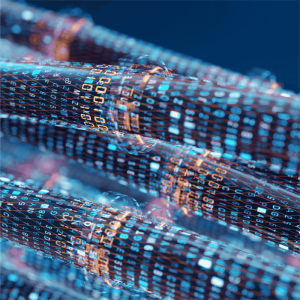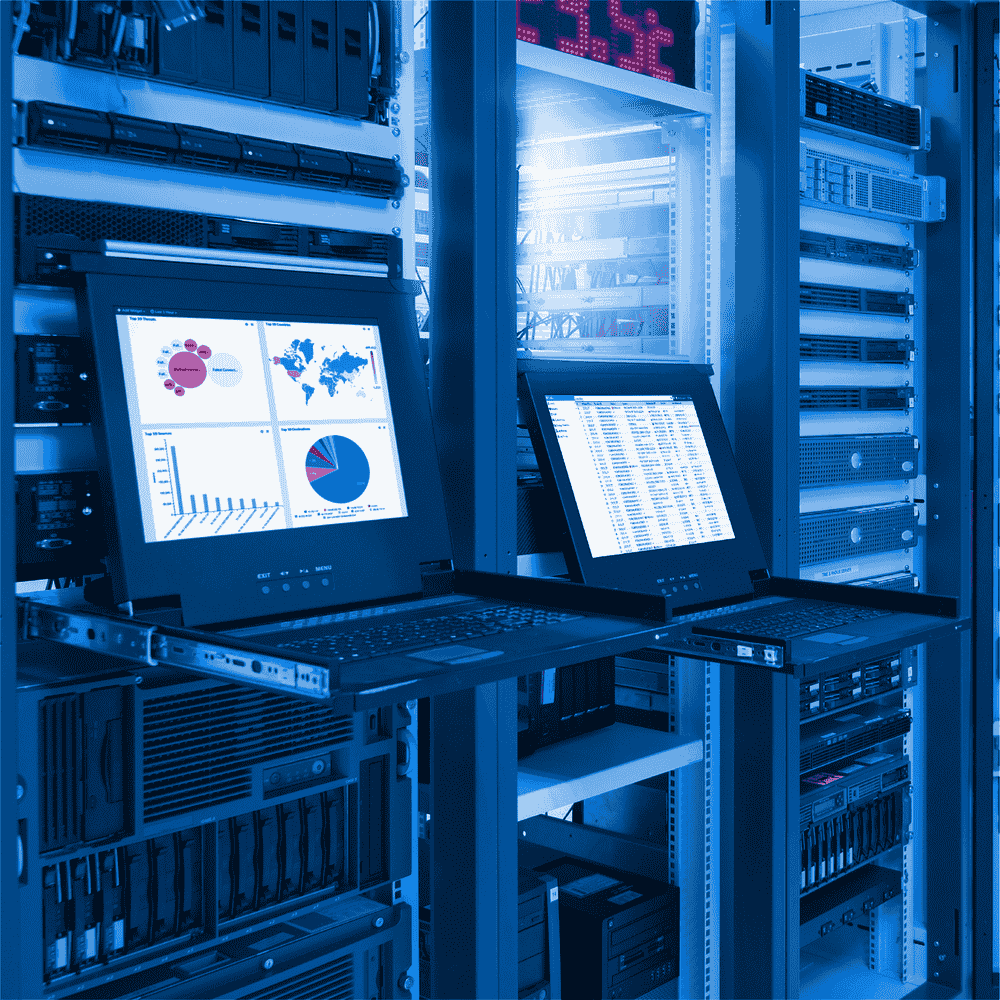Fiber Optic Connector Types: The Right Choices to Optimize Your Network Performance
Fiber optic technology is a foundational component of modern communication networks, ranging from data centers to telecommunication infrastructures. Fiber optic cables enable high-speed data transmission and long-distance connectivity without signal degradation, while fiber optic connectors play a crucial role in ensuring the efficient use of these cables within network systems. Selecting the appropriate fiber optic connector is vital for optimizing network performance and ensuring reliable connections. So, what are the different types of fiber optic connectors, and in which situations should each type be used?
What is a Fiber Optic Connector?
Fiber optic connectors are essential components that enable the connection of two fiber optic cables. These connectors require precise alignment to ensure the lossless transmission of optical signals. Different types of connectors have been developed to cater to various fiber optic applications, each designed to meet specific needs.
Commonly Used Fiber Optic Connector Types
SC (Subscriber Connector) Connector
Description: SC connectors are widely used and recognized for their square design. They are easy to use with a spring-loaded mechanism that allows for quick connection and disconnection.
Advantages: SC connectors offer high reliability and low cost, making them ideal for long-distance connections.
Areas of Use: Data centers, telecommunications, CATV, and wide-area networks.
LC (Lucent Connector) Connector
Description: LC connectors are known for their small form factor (SFF). Due to their compact size, they are preferred in environments where high-density connections are needed.
Advantages: LC connectors are ideal for high-density applications and are space-saving. They are commonly used in data centers.
Areas of Use: Data centers, local area networks (LAN), fiber optic backbone cabling.
MPO/MTP (Multi-Fiber Push-On/Pull-Off) Connector
Description: MPO/MTP connectors are multi-fiber connectors that allow multiple fibers to be connected together, ideal for high-density and high-speed connections.
Advantages: MPO/MTP connectors support applications requiring high speed and bandwidth, especially in data centers, and can combine 12, 24, or more fibers in one connector.
Areas of Use: High-speed data centers, 40G/100G Ethernet, telecommunications.
ST (Straight Type) Connector
Description: ST connectors have a spring-loaded structure and are fixed with a bending and locking mechanism, featuring a round design.
Advantages: Known for their robustness and reliability, ST connectors are widely used for data communication applications.
Areas of Use: Enterprise networks, industrial automation, data communication.
FC (Ferrule Connector) Connector
Description: FC connectors use a screw-locking mechanism and are particularly suited for high-vibration environments. They feature ceramic tips called Ferrules that protect the fiber.
Advantages: FC connectors are highly reliable and durable, typically used in applications requiring sensitive data transmission.
Areas of Use: Telecommunications, test equipment, data centers.
E2000 Connector
Description: E2000 connectors are equipped with an automatic cover protection system, safeguarding fiber ends from dust and external contaminants.
Advantages: E2000 connectors provide high reliability, ensuring optimal optical performance with a protective cover mechanism.
Areas of Use: High-performance networks, data centers, telecommunications.
Things to Consider When Choosing the Right Fiber Optic Connector
Application Needs: Consider the requirements of your specific application when choosing a fiber optic connector. Different needs, such as high-density, high-bandwidth, or long-distance connections, may necessitate different connector types.
Fiber Type: Fiber optic connectors can be compatible with single-mode or multi-mode fiber cables. It’s important to choose the correct fiber type for your application.
Connection Density: For high-density networks such as those in data centers, connectors like LC or MPO that provide more connections in a smaller space are often more suitable.
Durability and Environmental Conditions: For networks operating in harsh environments, durable connectors such as FC should be selected. For environments with vibration or humidity, connectors offering high reliability are preferable.
Future Planning: When setting up infrastructure, consider future expansion needs. Choosing expandable and modular solutions helps reduce future costs and boosts network performance.
Conclusion
Fiber optic connectors are critical elements of network infrastructure. Selecting the right connector can greatly influence network performance and reliability. Each type of connector, such as SC, LC, MPO/MTP, and others, offers specific advantages based on the unique needs of your network. Careful consideration of your network’s needs and the application environment will ensure the best choice.
If you need assistance in finding the most suitable fiber optic connectors for your network, contact our expert team. We can help optimize your network performance with the best fiber optic solutions.






